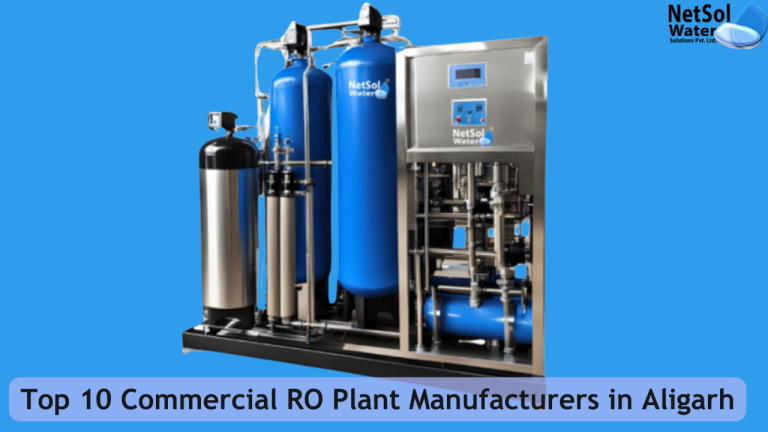
The advanced technique of Reverse Osmosis (RO) is very essential for supplying clean & secure drinking water. RO systems are now necessary because of the increased global rate of water pollution, particularly for commercial facilities. The number of companies producing commercial RO plants has risen by Aligarh, an industrial centre in Uttar Pradesh. The top 10 Commercial RO […]
Read more
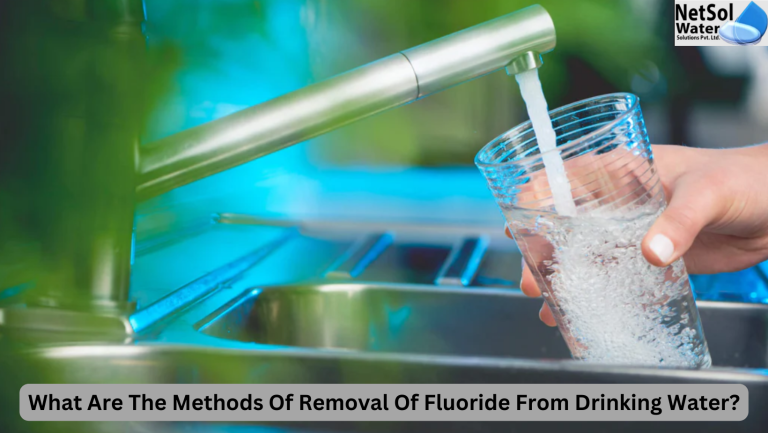
Even with the most advanced upgraded technology available , contaminants in excess like the Fluoride can cause a problem while its removal whereas most of the other contaminants are almost possible to be removed completely from potable drinking water using a typical filtering system. So now we discuss what are the methods of removal of […]
Read more
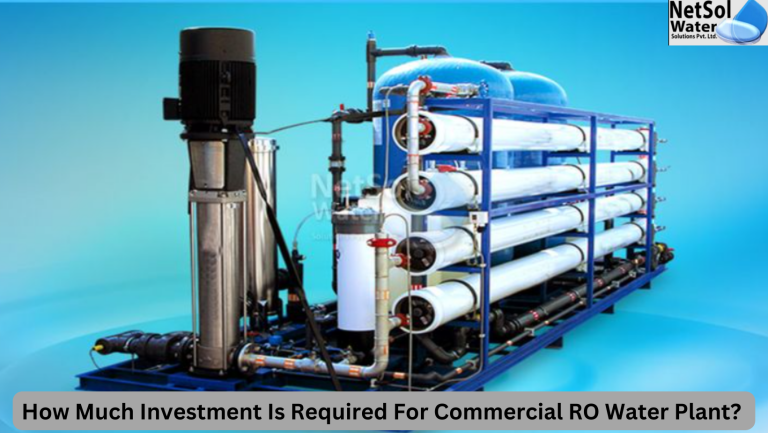
Any individual who aspires to boom up his/her business, investigating which business could help him reach his/her high, then suggestion would be he/she must start investing in a business of a Commercial RO Plant in India states & belonging cities within Indian states , he can for sure & the time is now! So lets […]
Read more
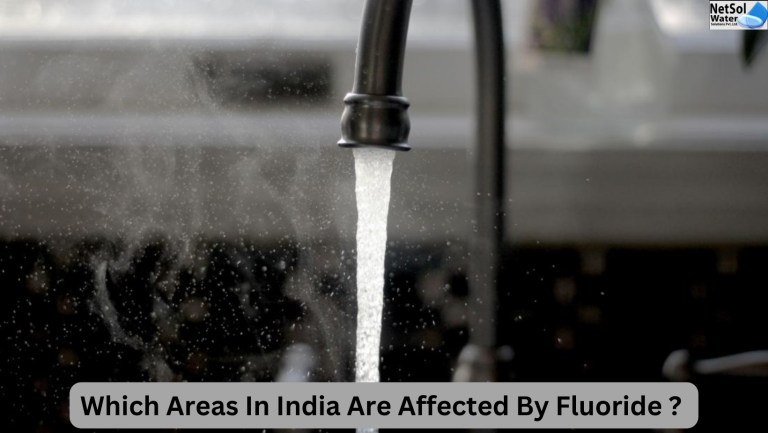
Water is one of the most basic essentials of existence. Several pollutants, including nitrate, zinc, arsenic, lead, chloride, sulfate , & fluoride , can pollute our groundwater. Water can also be contaminated by microbes. So let’s talk about Which Areas In India Are Affected By Fluoride. In India , epidemic Fluorosis caused by overexposure to fluoride […]
Read more
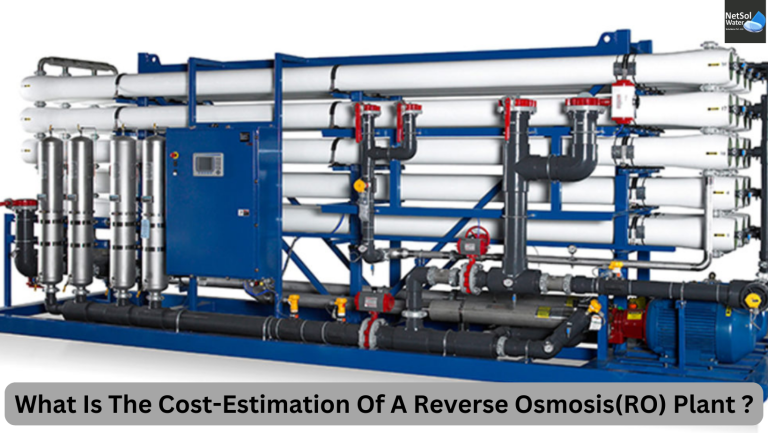
The natural phenomenon of osmosis is essentially the reversed version in Reverse Osmosis(RO). The force/pressure has been applied externally to the volume of water with the greatest practical concentration of the active elemental ions that are dissolved/dissipated , compelling the water in the opposite direction through the semi -permeable membranes of the Reverse Osmosis(RO) system . So […]
Read more
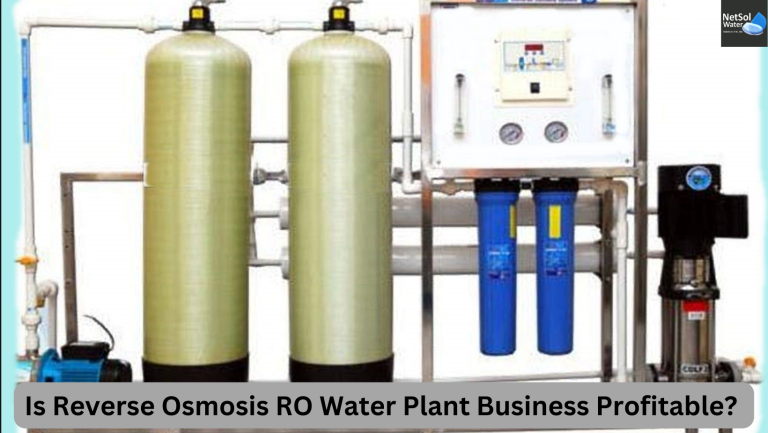
Yes, definitely this market business is shooting up its high, the need of clarifying, purifying our daily use water(containing harmful elements/substances) , treated water from waste water treatment plants is also booming . Now you can get all the information about is reverse osmosis ro water plant business profitable or not.No person or any industry in […]
Read more
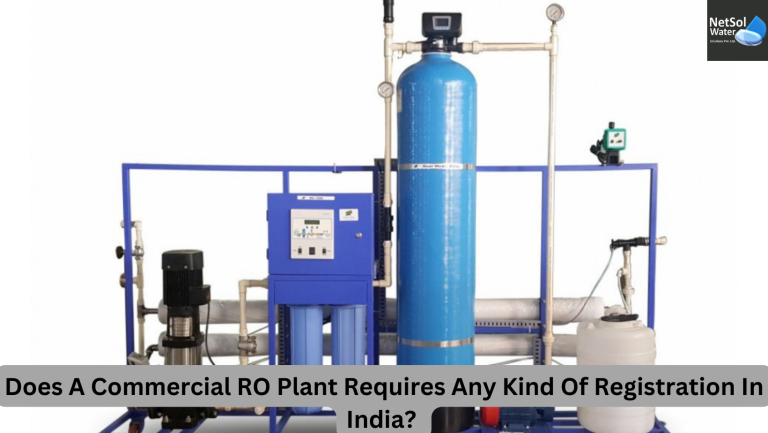
General Information Indeed a Big Yes! Since every big machinery running on fuels or energy have some kinds of emissions which needs regulations and proper monitoring regularly at an intervals set accordingly. So now you read that the commercial ro plant requires any kind of registration in india or not. Along with this when these […]
Read more
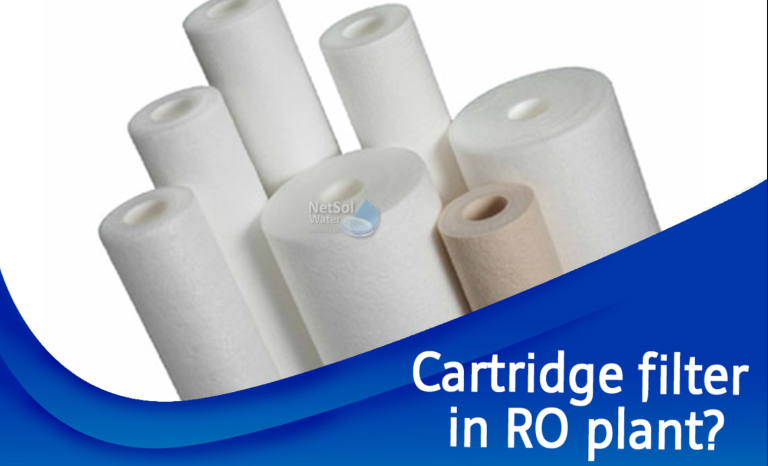
A cartridge-filter is an essential component of tubular filtering technology that prevents big particles from entering the reverse osmosis(RO) System . It is contained within the filter housing. Water that has to be filtered is exposed to the cartridge-filter right away . Water trickles through the filter inside the housing. So lets talk about the […]
Read more
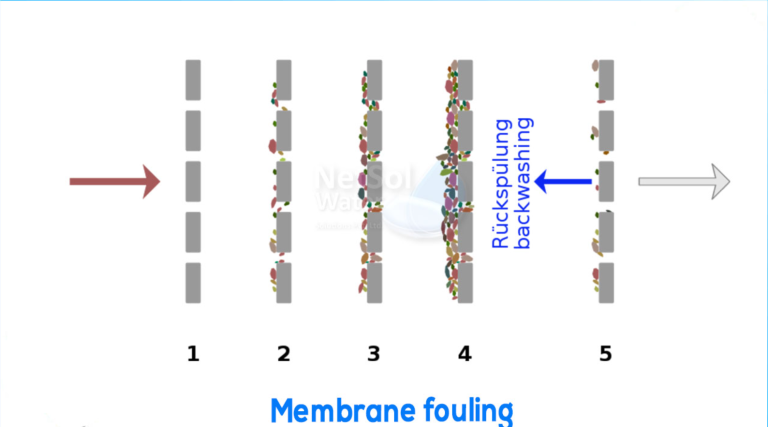
To understand what causes membrane fouling in ro system , we have to dive into the details about what actually is membrane fouling ? Then thereafter we will proceed to know the causes behind it in details. The Commercial ro plant is the best commercial ro plant manufacturer in all over the india. What actually […]
Read more
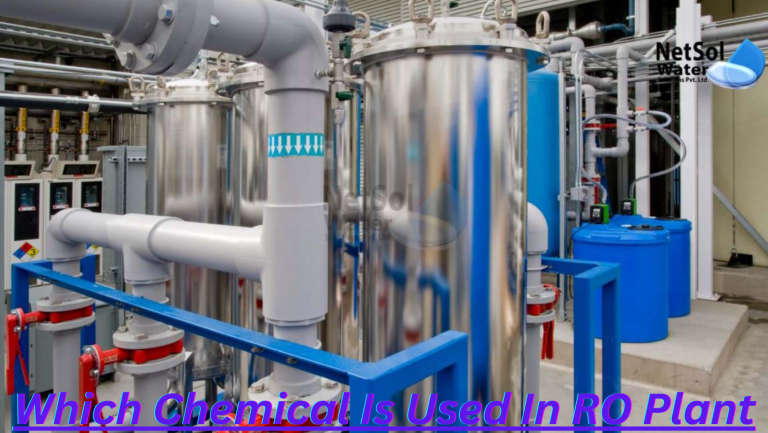
Reverse osmosis(RO) is a process of water filtration and dis-infection that removes impurities like chlorine , salt , and sediments from drinking water using a semi-permeable membrane(synthetic liner) that is im-permeable to most molecules . Reverse osmosis(RO) may get rid of germs as well as pollutants & sediments , which is something you definitely don’t […]
Read more










